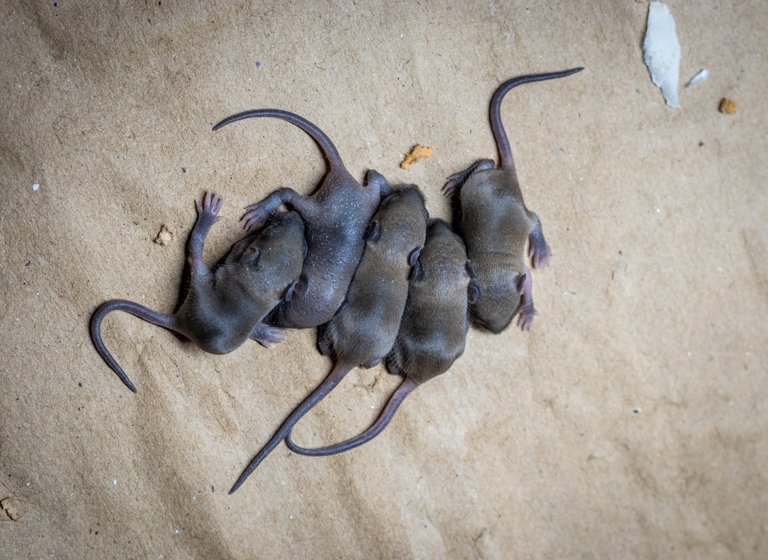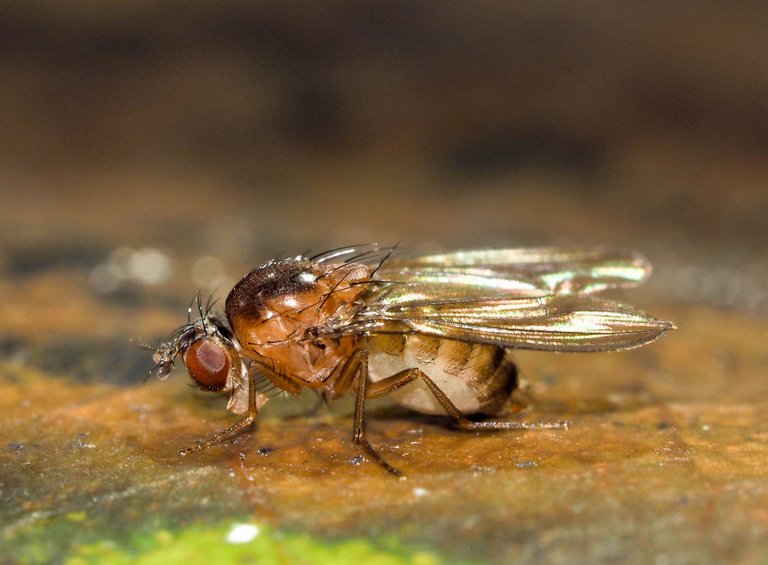Animals Mastering the Senses We Share (A Comparative Exploration)
If you will agree with me, we can say that we have 5 senses which are hearing, touch, smell, taste, and sight and we believe that we are good at using them, since they help us perform lots of activities and respond to different stimuli but while we depend on these 5 senses, animals can use them as well and some even go to the extreme of getting information about their world using magnetic navigation, electroreception, and other senses that are not found in humans.
Although, it is no doubt that we have animals that use other senses to get information about their environment, we will be discussing about certain animals that uses the same 5 senses that humans uses just that they use them better than us not only when it comes to communication and finding food, but to protect them and keep them alive. So let's delve in immediately.
The first sense to discuss will be hearing I will be discussing our the next door hole neighbors we have; Rats. You see, while we hear rats squeaks, what we do hear is their lower frequency pitched sound which is what our ears are designed to hear but in actuality, rats usually speak in high pitches which can be ultrasonic within 30kHz to 80khHz, but these pitches cannot be heard by humans as it is higher than our auditory range which is within 20Hz to 20kHz.
So you would know, rats are social creatures so they do communicate often including during courtship where adults produce ultrasound vocalizations. To tall you how social they are, just as your dogs love being rubbed, rats love being tickled on their bellies and they giggle in ultrasonic sounds that we humans cannot hear.
Asides hearing, another heightened sense I will be discussing is touch. This can be found in treehoppers as well as in so many other arthropods. Treehoppers like the Thorn Bug (Umbonia crassicornis) as able to use bioseismic cues to navigate, communicate, identifying threat, and finding foods. They are able to communicate using vibrations by producing series of 30 to 40ms long pulses on leaves and twigs.
When they produce these vibrations, other bugs are able to receive the message through their thorax and legs. These bugs can tell the vibration location from where they feel it the most. While we are able to use our ears and sense of hearing to identify the location of footsteps, the bugs are about to use vibration touch sense to identify location.
While humans use the tongue to taste, some animals use almost all parts of their bodies. The Hawaiian Drosophila uses almost their entire bodies to taste flavors in their environment. This is because they have taste buds in their heads, wings, body, legs and even on their Ovipositor where their eggs are laid. When they look for food, their leg flavor sensors are used to taste the food first before they slip it to their proboscis if it is worth eating.
Another sense that we do not have heightened like some animals is sight. Animals like the Reindeer is able to utilize the sun UV light as their cornea and lens which are similar to us are able to allow the UV spectrum at 322 nanometers and 385 nanometers of light to pass through their eyes thanks to the Short Wavelength Sensitive type 1 (SWS1) gene pigment which helps them to respond to wavelengths that are close together. We humans have impressive sight but then we can only see wavelength of 400 to 700 nanometers.
Exploring the enhanced sensory capacities of animals sheds light on the remarkable diversity of perceptual experiences in the natural world. While humans share fundamental senses with these creatures, the nuances in their heightened abilities underscore the rich tapestry of life's adaptations. As we continue to unveil the intricacies of animal senses, we gain a deeper appreciation for the marvels of nature and the varied ways in which living beings engage with their environments.
Read More
https://journals.plos.org/plosbiology
https://www.frontiersin.org/articles/10.3389/fnbeh.2016.00184/full
https://onlinelibrary.wiley.com/doi/full/10.1111/joa.13366
https://www.nature.com/articles/nature.2014.14904
https://www.researchgate.net/publication
ttps://www.scientificamerican.com
https://www.nature.com/articles/382679a0
https://www.ncbi.nlm.nih.gov/pmc/articles/PMC1664589/
https://www.nature.com/articles/lsa201460
https://www.mdpi.com/2072-4292/8/4/273
https://www.cell.com/neuron/fulltext/S0896-6273
https://www.ncbi.nlm.nih.gov/pmc/articles/PMC4942020/
https://www.pnas.org/doi/10.1073/pnas.2004523118




Thanks for your contribution to the STEMsocial community. Feel free to join us on discord to get to know the rest of us!
Please consider delegating to the @stemsocial account (85% of the curation rewards are returned).
Thanks for including @stemsocial as a beneficiary, which gives you stronger support.